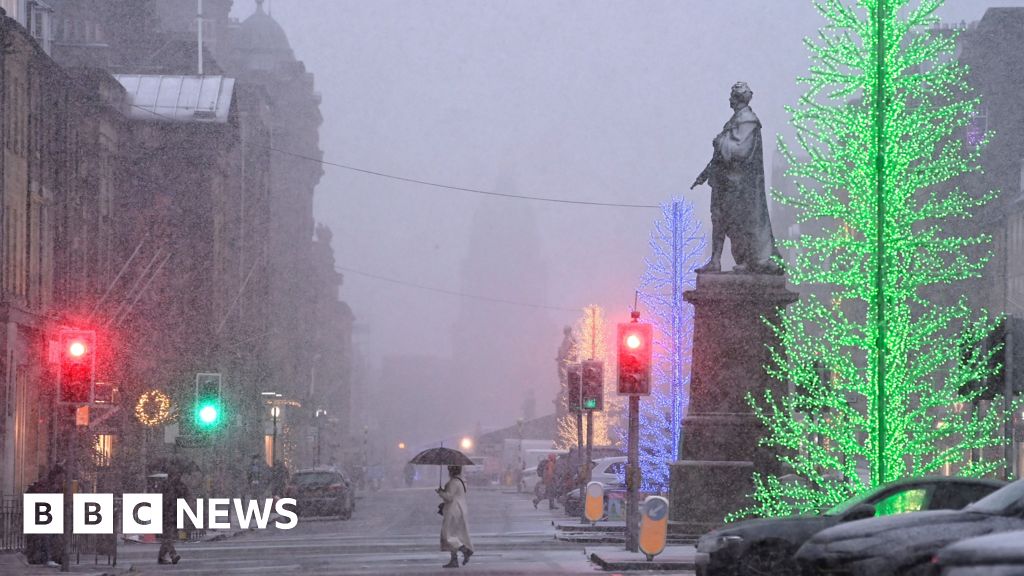Bussiness
Scottish Art’s New Home on the Web – Scottish Business News

The Scottish art scene, renowned for its vibrant creativity and distinctive voice, has found a new venue for expression: the digital domain. As galleries and artists adapt to the changing landscape of the 21st century, the internet has emerged as an essential platform for showcasing Scottish talent to a global audience.
In recent years, the shift towards online exhibitions and digital galleries has accelerated, driven by technological advancements and changing consumer behaviours. The appeal of digital galleries lies in their accessibility; art lovers can explore new works from the comfort of their own homes, transcending geographical boundaries. This democratization of art consumption has opened up new opportunities for artists and galleries alike.
One significant benefit of the digital shift is the increased visibility it offers artists. Traditional barriers to entry, such as the cost of hosting a physical exhibition or the challenge of securing gallery space, are less prohibitive online. This has been particularly advantageous for emerging Scottish artists, who can now reach an international audience without substantial upfront investments.
David Shrigley and Peter Doig are exemplary figures in this new digital frontier. Shrigley, known for his humorous and often poignant drawings, has seen an increase in the international recognition of his work, facilitated by online platforms. His ability to connect with a global audience has been markedly enhanced by the digital presentation of his art, allowing his distinctive voice to resonate across diverse cultural landscapes.
Similarly, Peter Doig, whose evocative landscapes blur the lines between reality and fantasy, has benefited from the expansive reach of the digital art world. His works, often centered on themes of memory and nostalgia, have found a receptive audience worldwide, proving that the appetite for Scottish art is as robust as ever.
The transition to online platforms has also spurred innovations in how art is presented and experienced. Virtual reality (VR) tours and augmented reality (AR) applications are becoming increasingly popular, offering immersive experiences that rival physical exhibitions. These technologies allow viewers to engage with art in new and exciting ways, enhancing the emotional and intellectual impact of the artworks.
Moreover, the online art market for collectors has become a pivotal element of the art economy, enabling collectors to discover and purchase Scottish art with unprecedented ease. Platforms that cater to the needs of art collectors, are instrumental in this regard. They not only facilitate transactions but also provide valuable insights and data that help collectors make informed decisions.
However, the rise of digital galleries is not without challenges. The sensory experience of viewing art in person—its scale, texture, and true colour—can be difficult to replicate online. Additionally, the digital divide means that not all potential viewers have equal access to internet-based resources, potentially limiting the audience for online exhibitions.
Despite these hurdles, the overall impact of digital galleries on the Scottish art scene has been profoundly positive. They have provided a platform for Scottish artists to share their work on a scale that was previously unimaginable. As this trend continues, it will be exciting to see how Scottish artists leverage these new tools to innovate and inspire.
The digital landscape has indeed become a new home for Scottish art, a place where the traditional and contemporary merge seamlessly, creating a dynamic and accessible art environment. As we look to the future, the potential for growth and innovation in this space is boundless, promising a new era of artistic expression that is both inclusive and expansive.










